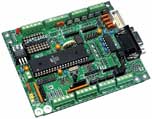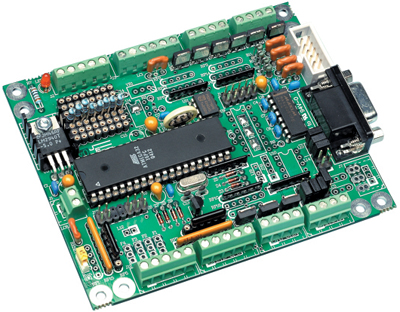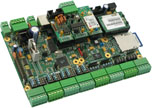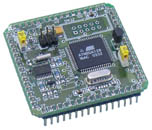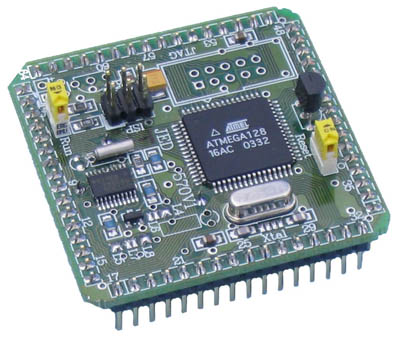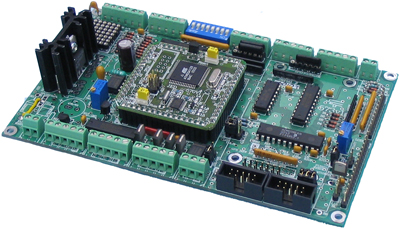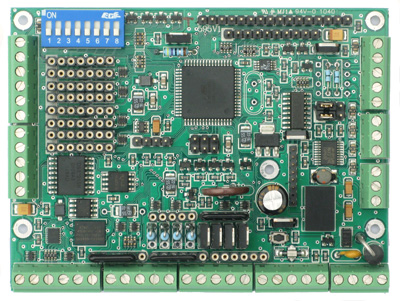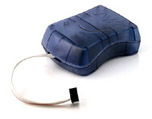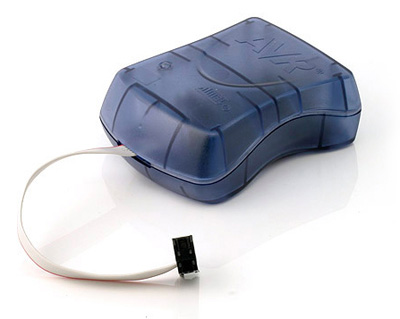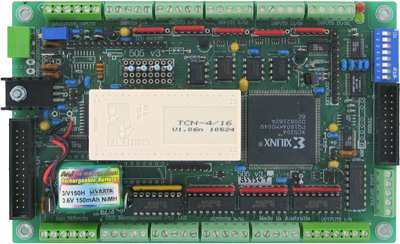JED Single Board Computers
The first group all use variants of the Atmel AVR 8-bit CPUs.
(The second group use the Wilke Technology BASIC Tiger Go to Tiger family)
This Atmel group has a consistent RISC architecture across all elements, and vary in their memory capacity (e.g. from 8 to 256Kbytes of FLASH) and provided peripherals (e.g. from 1 to 4 UARTs etc) All these boards have industrial-rated protection on inputs and outputs, so they can be used directly in a user's application ... these are NOT just development boards, although they support code development in the final executing physical environment.
These AVR CPUs all have an efficient "one instruction per clock tick" architecture giving excellent performance with low power consumption and low electromagnetic radiation.
All parts are supported by the same compilers (C, BASIC and Pascal) and same programming devices (see the ISP MkII below).
|
||||||||||||||||||

